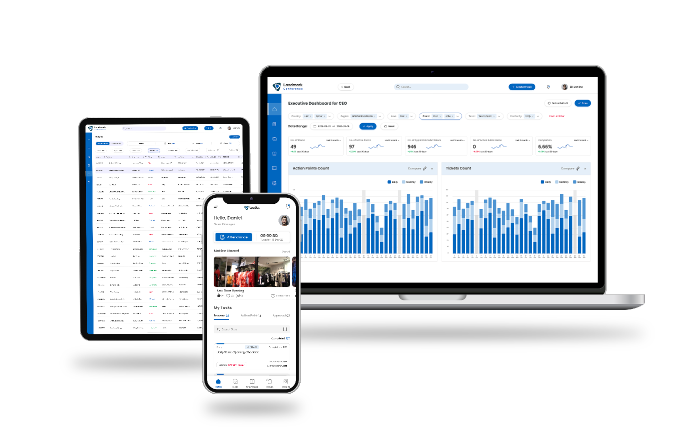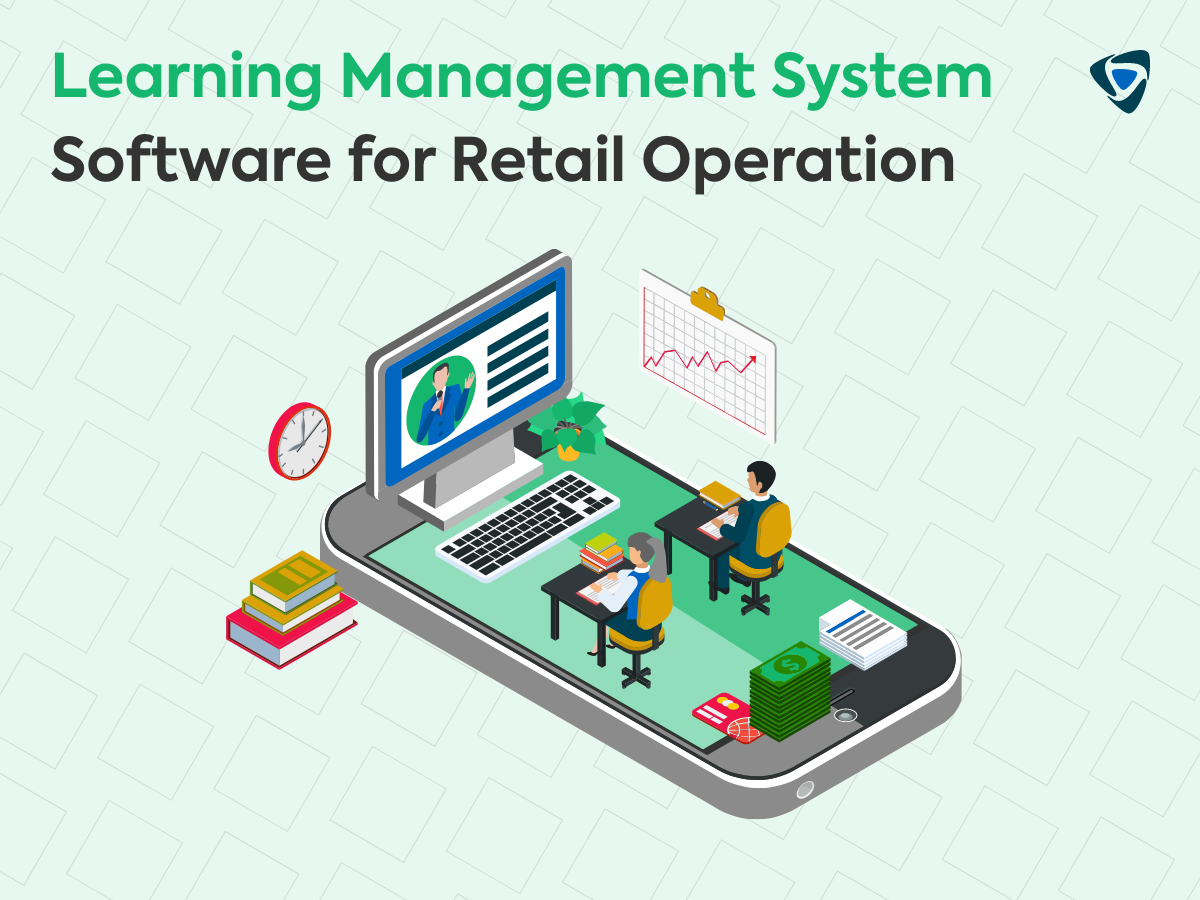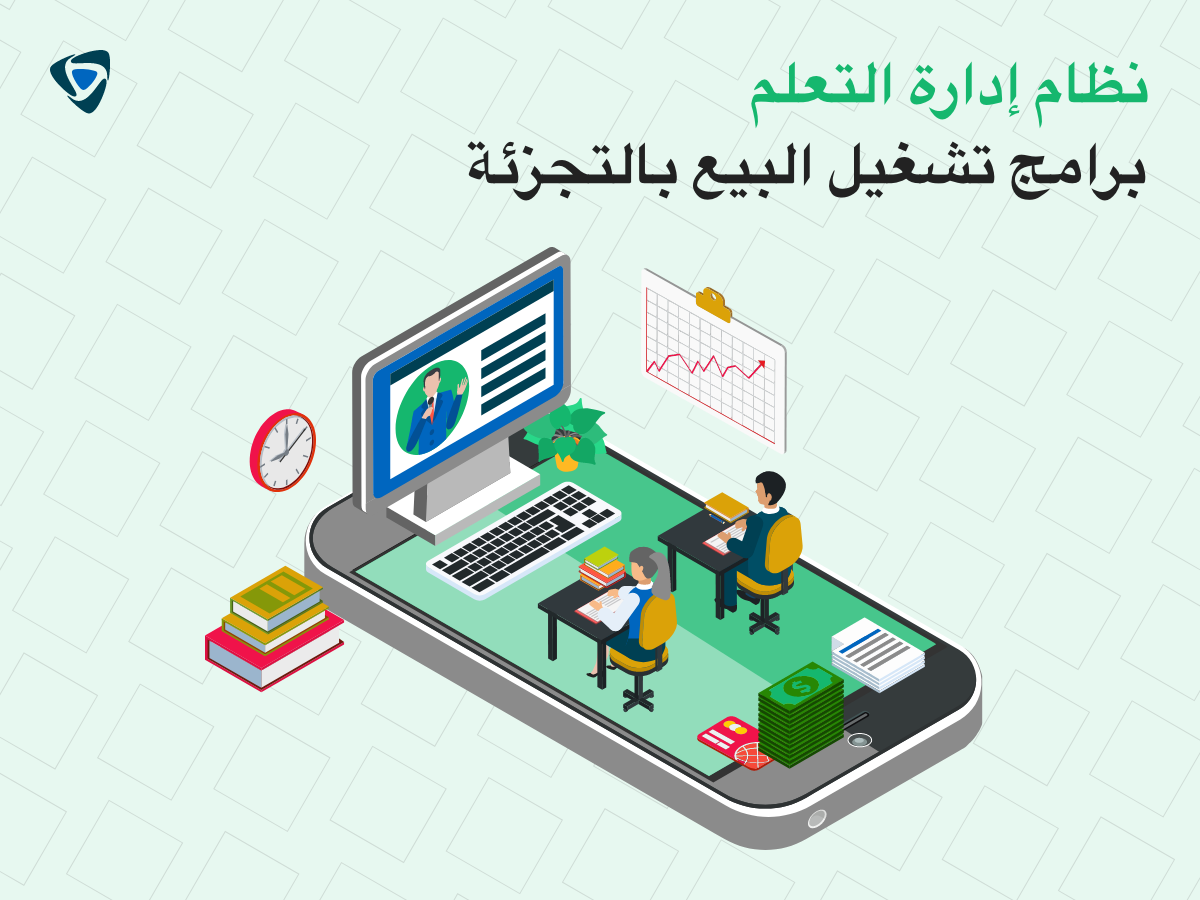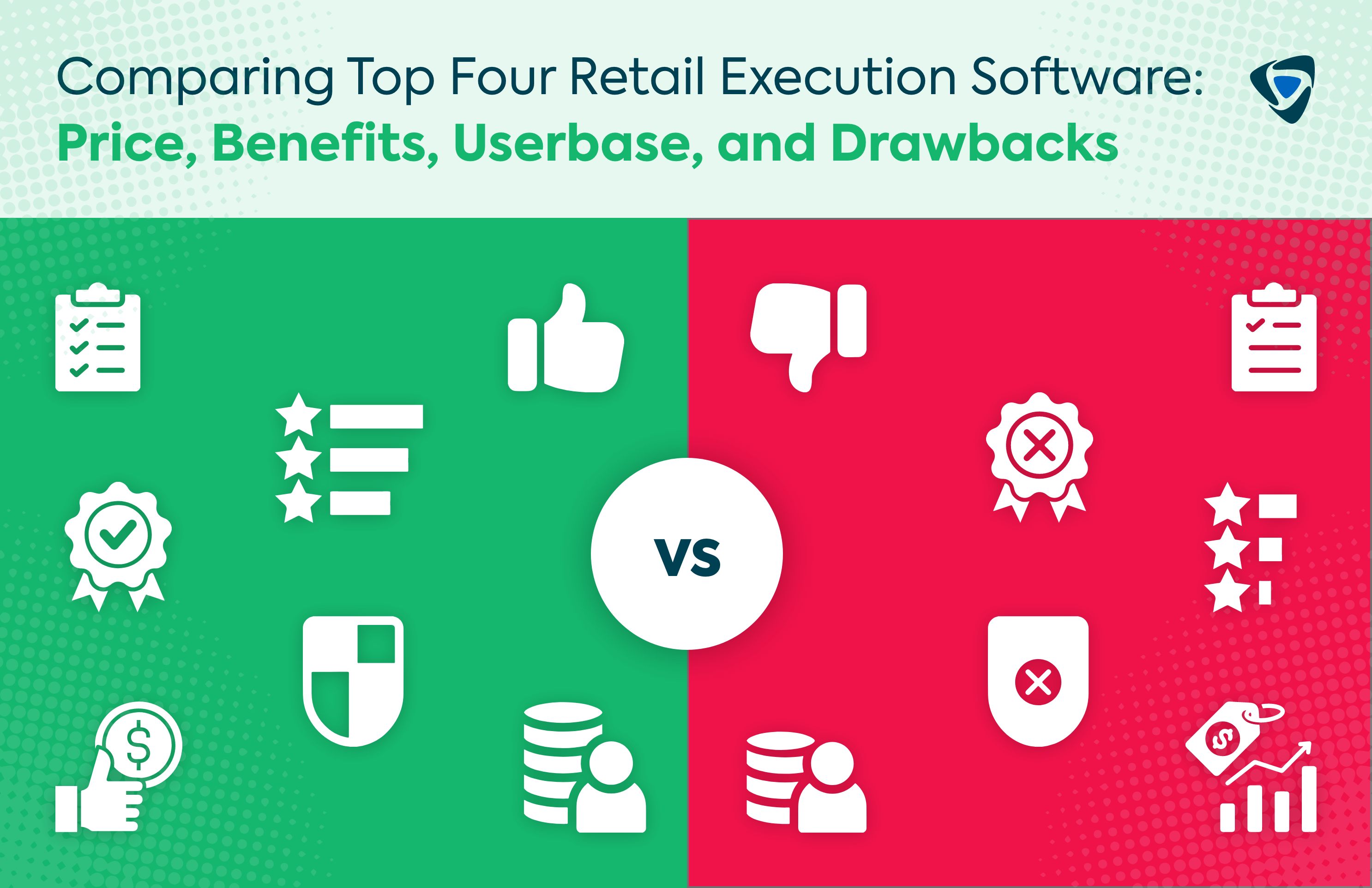Guide
Why Mobile Integration is a Game-Changer in Retail Operation Management
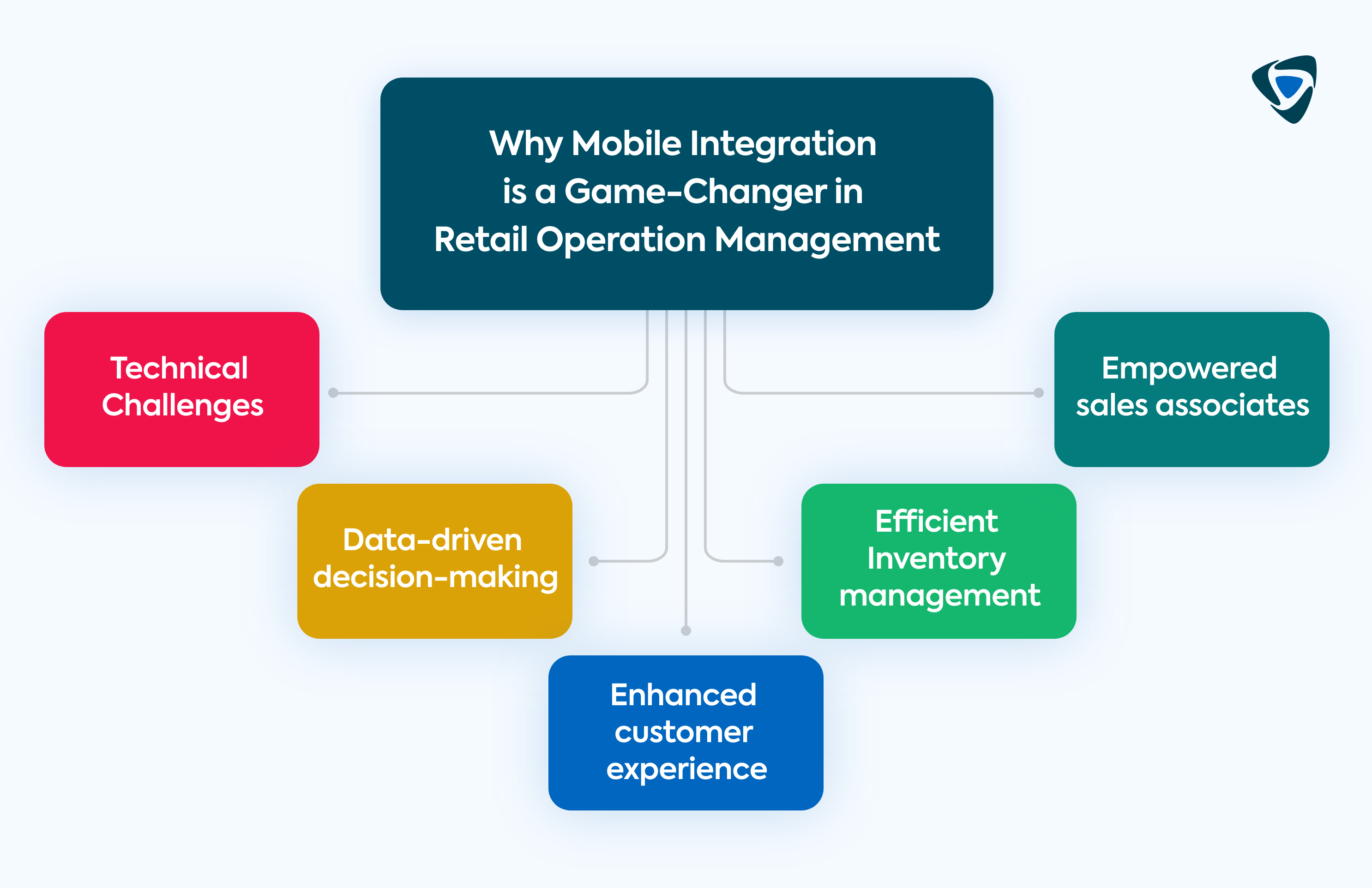
Mobile integration for retail operation management is poised to change the business completely. Mobile integration is the thoughtful and smooth integration of mobile technology into every aspect of retail operations. It covers everything, from robust shopping applications and digital in-store experiences to inventory management facilitated by mobile devices and insights into customers based on data.
This integration’s effects are nothing short of transformative. Retailers benefit from increased revenue, streamlined processes, and stronger customer connections. For customers, it improves accessibility, customizes the experience, and fosters enjoyable interaction.
Furthermore, talking about mobile integration is now necessary rather than optional in today’s fiercely competitive retail environment. This technology is the differentiator that distinguishes successful companies from failing ones. Let’s delve into what is mobile integration and examine how it may revolutionize retail operation management.
The Rise of Mobile Technology in Retail
The introduction of mobile technology into the retail industry did not happen suddenly. It began with bulky PDAs (personal digital assistants), and SMS (short message service) marketing progressed to interactive kiosks and simple product scanning. Then, the smartphones arrived, and games were never the same. Mobile technology is now the director, choreographer, and star of the retail show, not simply a supporting role.
Statistics depict the domination that exists now. Shopping on smartphones is done by over 80% of people worldwide, according to an article. The number of mobile eCommerce transactions is growing yearly.
Mobile wallets and one-click checkouts simplify payments, while beacon technology and augmented reality experiences transform actual aisles into interactive playgrounds in-store. It is a fundamental change in the way that consumers behave, not merely a passing trend.
Today’s modern consumers want ease, customization, and rapid satisfaction, and mobile technology provides these things better than any other medium. The shopping, researching, and browsing habits have changed forever. Any merchant expecting to prosper in the era of mobile-first purchasing must comprehend this tectonic shift in consumer behaviour.
Key benefits of mobile integration in retail operations
Mobile integration is a revolutionary power surge for retail, not simply a fad. Personalized customer journeys are amplified, online and offline boundaries are blurred, inventory is streamlined, sales associates are empowered, and data-driven decision-making is encouraged. Let’s examine the main areas where mobile integration has an influence.
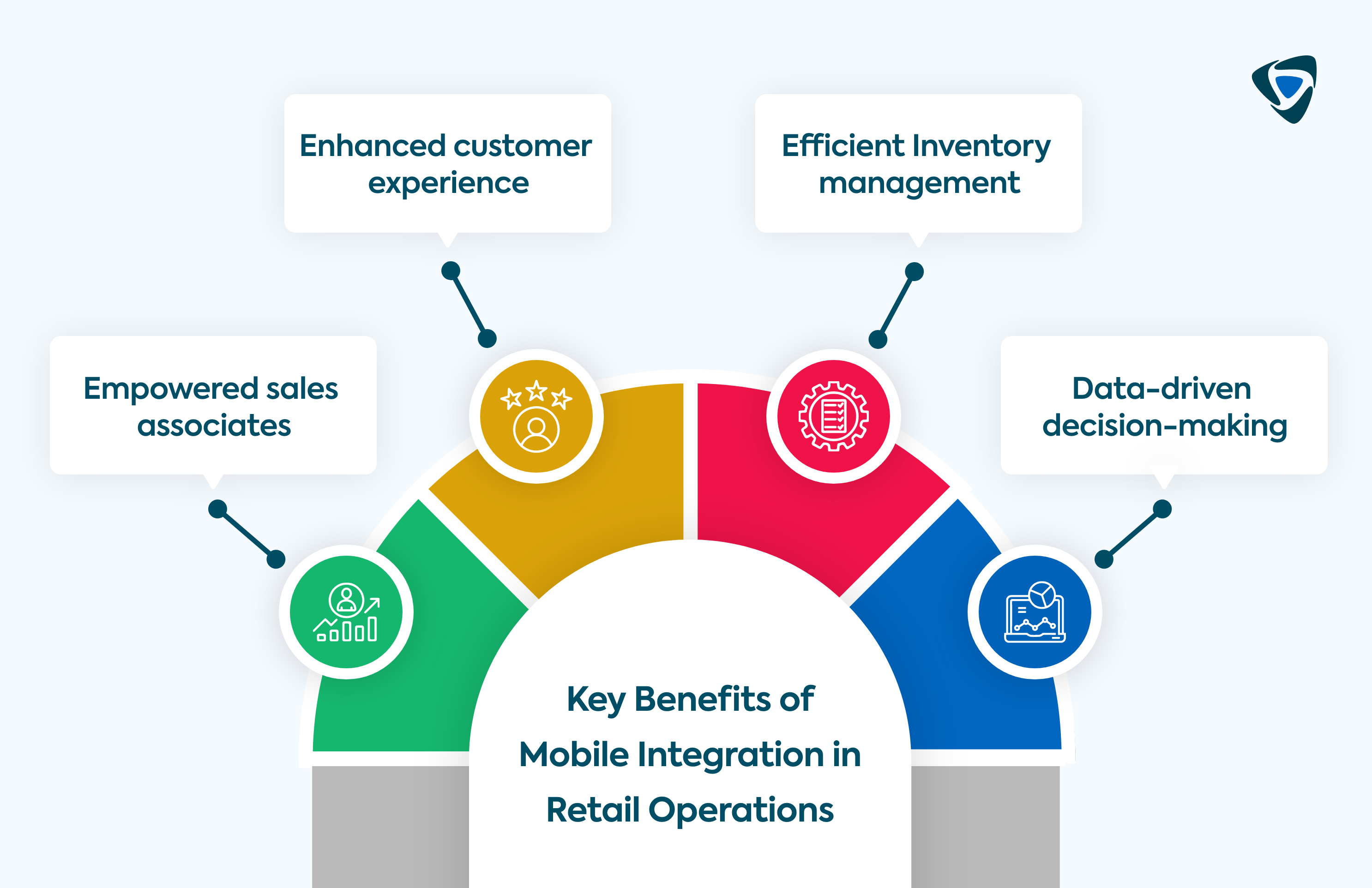
1.Enhanced customer experience
By creating an individualized experience and combining the online and physical channels with ease, mobile integration in retail industries has created a place for customers to be happy.
Personalized shopping experience: Picture a customer’s phone making whisper-based product recommendations based on their browsing and prior purchases. Through targeted promos, curated in-store displays, and personalized marketing made possible by mobile integration, every consumer is made to feel like a VIP.
Integrated online and offline purchasing: The era of physical and digital shop silos is over. Customers may order online for in-store pickup, return online items to physical stores, and view online inventory in-store, thanks to mobile integration. Customers have a stress-free and easy journey because of this seamless omnichannel experience.
2. Efficient Inventory management
Retailers may make inventory management a competitive benefit instead of a logistical nightmare by incorporating mobile solutions. The cost reductions, efficiency improvements, and satisfied clients immediately impact the bottom line and lay the groundwork for long-term, profitable company expansion.
Real-time inventory tracking: Businesses can put an end to the stock-level guessing game with mobile integration in retail management. Real-time data on things that are available is provided via mobile-enabled inventory management systems, averting empty shelves and disgruntled consumers. Staff can quickly and easily access product locations and data, which maximizes restocking and guarantees correctness using mobile devices.
Automated ordering systems: The ordering procedure can even be automated through mobile integration. The solution can minimize the risk of stockouts and streamline replenishment procedures by automatically triggering reorders when the stock drops below a certain threshold based on analysis of sales data and inventory levels.
3. Empowered sales associates
Any retail organization may benefit greatly from having mobile tools and empowered sales staff. Their higher efficiency offers superior customer service, and eventually, boosts sales and income.
Mobile Point of Sale (POS) systems: Give your sales staff more tools by replacing heavy cash registers with mobile POS systems. Thanks to mobile device access to client data, the staff can process payments anywhere on the store floor, shorten checkout queues, and even provide tailored suggestions.
Extended capabilities for customer support: Sales staff may become mobile information dictionaries having access to loyalty programs and product specifications. A retailer can increase sales by assisting customers in picking up the products of their interest, by providing product demos, and by providing personalized style recommendations. It can also lead to improved customer encounters.
4. Data-driven decision-making
Data-driven decision-making is greatly enhanced by mobile integration in retail operations, opening up a variety of advantages for many business domains.
Information and purchase patterns of customers: Mobile apps like Flipkart and Amazon collect customer data and analyze the behaviour of the customer, like their browsing history, favourite brands, and many other things. Companies can make smarter business decisions with the use of this data to create promotions, optimize the layout of the shops, and customize marketing efforts.
Analysis of inventory and sales data: Real-time knowledge of stock levels and product performance is available through the mobile-integrated inventory and the system of sales. Retailer companies can use these to improve the pricing and to make proper judgments for the product.
Mobile integration in retail operations not only becomes a choice, but it is strategic move to provide customers enhanced experience and offer competitive services. From efficient inventory management to data-driven decision-making, mobile integration in retail operations will accelerate operational workflows and business performance.
Success stories of mobile integration in retail
Let us take a look inside the innovation laboratories where some of the retail businesses are rewriting the rules with their brilliant mobile integrations. We’ll examine the tactics they employed, analyze the major elements of their strategy, and draw important conclusions that might help any aspiring retail disruptor.
Target
Overview: With its Scan & Go app, the massive American retailer Target aimed to transform the checkout process.
Mobile Integration Strategies: Customers avoid checkout queues by using their phones to scan things and make payments using apps. Personalized product recommendations and targeted in-app coupons improve the experience even further.
Results and Takeaways: Scan & Go enhanced customer satisfaction and improved revenues at a few stores by 30%. Target discovered that the ease of use and customization made possible by mobile technologies are powerful draws for new customers.
Walmart
Overview: The goal of the omnipresent retail Walmart was to give working families a speedier and more pleasant food shopping experience.
Mobile Integration Strategies: Introduced their “Voice Ordering” function, which enables users to use voice commands via the app to add products to their basket and check out. “Scan & Go” was put into place, enabling touch-free checkout using in-app purchases and smartphone scanning.
Results and Takeaways: During the first few months of its release, Voice Ordering had a 20% rise in app usage. Wait times at checkout decreased by 15% as a result of Scan & Go. Walmart discovered that frictionless checkout and speech technologies accommodate current convenience expectations, increasing productivity and consumer happiness.
Macy’s
Overview: To close the gap between online and physical browsing, Macy’s, the famous department store, aimed to customize the buying experience.
Mobile Integration Strategies: The company included a “Style Advisor” function in their app to make customized outfit recommendations based on user tastes and previous purchases. They were presented with “Macy’s On Call” virtual assistants, available via the app, offering real-time product information and style guidance.
Results and Takeaways: Style Advisor increased recurring business by 12%. App users’ in-store conversion rates increased by 10% as a result of Macy’s On Call. The business discovered that offering customers virtual support and tailored advice improves customer engagement and increases revenue.
Ikea
Overview: The massive furniture retailer IKEA tried to assist buyers in seeing how their purchases would fit into their homes before making a purchase.
Mobile Integration Strategies: Using the camera on a smartphone, consumers may virtually put furniture models in their homes using the “IKEA Place” app, which uses augmented reality technology. For precise planning, the software also offers 3D product views and measurements.
Results & Takeaways: In just the first year, there were more than 8 million downloads of IKEA Place. When buying furniture, app users converted at a rate that was 30% higher. IKEA provided an example of how augmented reality (AR) might overcome buying hesitation and increase sales in the home furnishings industry.
Challenges and solutions in implementing mobile integration
Although mobile integration has many advantages, there are challenges on the path to a flawless mobile-first experience. We will cover the two main types of problems in this section: technical and operational, and we’ll provide you with tips and tricks to make the journey go smoothly.
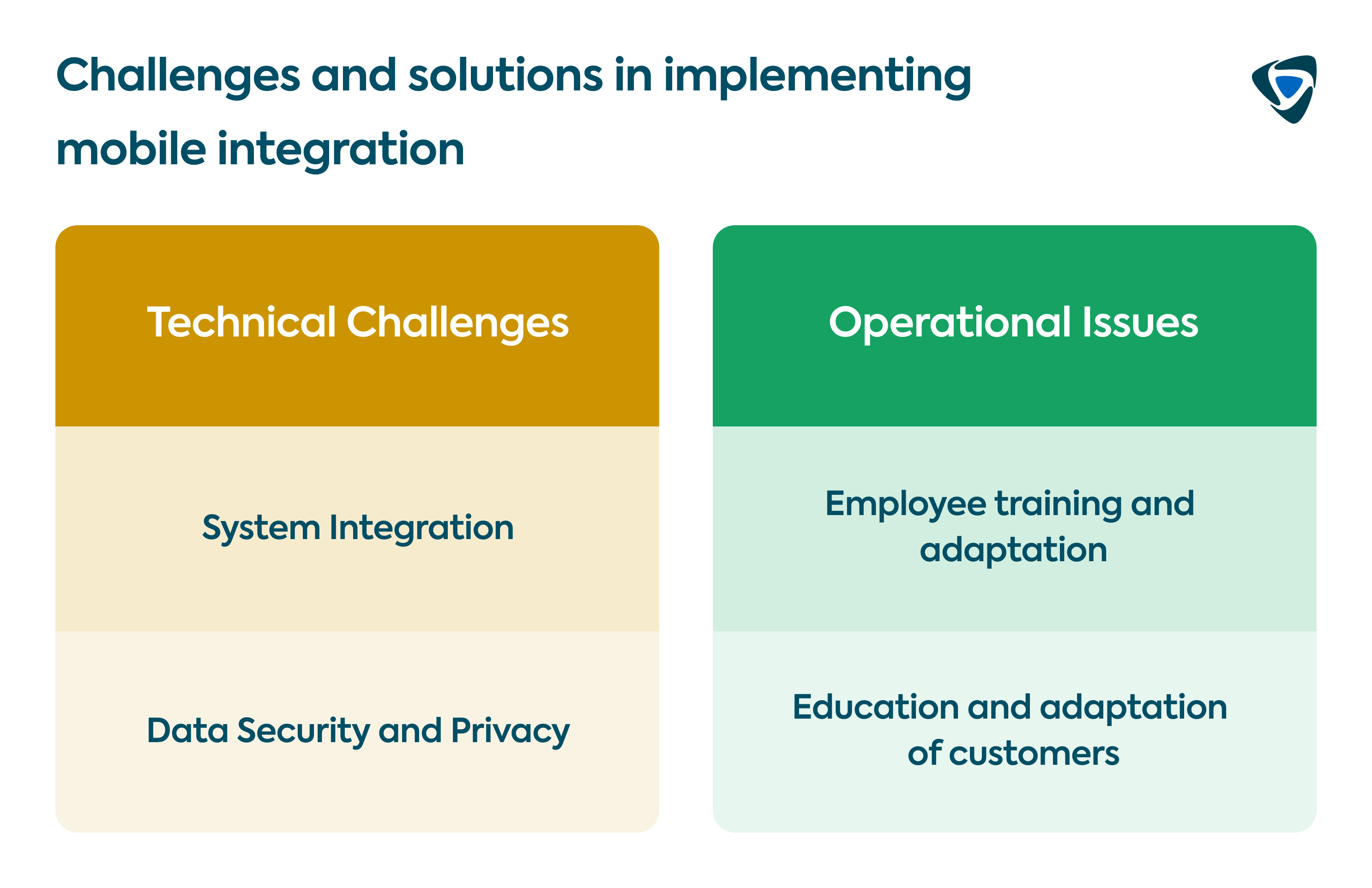
1. Technical Challenges
Despite the many advantages of mobile integration for retail, there are also some technical problems. Here are a few key technological hurdles.
System Integration: It is a complicated issue that involves bringing together diverse digital systems with your existing technology infrastructure. To incorporate mobile technology into your technical infrastructure, you will have to carefully migrate the inventory management software data, sales system software data and other such software.
Data Security and Privacy: It is up to the company to ensure that customers’ confidential information is secure. Data security and privacy are contingent upon secure mobile transactions that are passed through strong security protocols. In case of a breach, data security is important as this can damage the brand of an organization and cause trust issues.
2. Operational Issues
Leading retailers on their way to successful mobile integration can make it easier for themselves and reap all possible benefits by taking note of these operational issues and being proactive in overcoming them.
Employee training and adaptation: Your staff must accept new technologies and change their working procedures to use mobile technologies effectively. It is significant to give training programs and assist continuously during the adoption process, which will help to prevent resistance from members of staff.
Education and adaptation of customers: Customers must also comprehend the features and advantages of your mobile services. User-friendly interfaces, tutorials, and clear information help bridge the gap and promote mobile usage.
3. Best Practices and Solutions
Here are some solutions that businesses can implement to make mobile integrations in retail operations simpler and easier.
Selecting the Correct Technology: Invest in stable, flexible platforms that work well with the systems you already have. Future-proofing and scalability should be primary priorities.
Ongoing Instruction and Assistance: Give your employees regular training on new features and upgrades. Provide easily available avenues of help to staff and customers to answer any queries or issues.
Future of mobile integration in retail
The state of mobile integration in retail as it exists today is only the beginning. The future holds amazing developments that will drastically change the retail scene as technology advances and customers accept mobile experiences even more:
1. Implementation of Augmented Reality and Internet of Things
Picture yourself virtually trying on clothing or seeing furniture in your home area before making a purchase. That is Augmented Reality’s (AR) power. The Internet of Things (IoT) will enchant retail establishments. Smart shelves will track inventory; tailored recommendations will appear on digital screens as customers shop and self-checkout kiosks will function even more smoothly.
2. Consumer behavior prediction
Smartphones are the greatest shopping companions that help in everything from tracking orders and managing loyalty programs to simple browsing and buying. Businesses can expect a complete shift to mobile-centered retail interactions in the near future. Customers will look up to highly personalized experiences with AI-powered suggestions and offers specifically tailored for them based on their preferences and past purchases.
Wrapping up
Mobile device integration is a game-changer for the retail industry. It is no longer a trend only. It is the technology that transforms brick-and-mortar stores into interactive stores, turns smartphone apps into handy shopping assistants, and redefines customer comfort and customization. By incorporating mobile integration in your retail operations, your retail business can achieve increased productivity in future, establish better customer relations, and attain unchallenged success in retailing.
 Schedule A Demo
Schedule A Demo 


